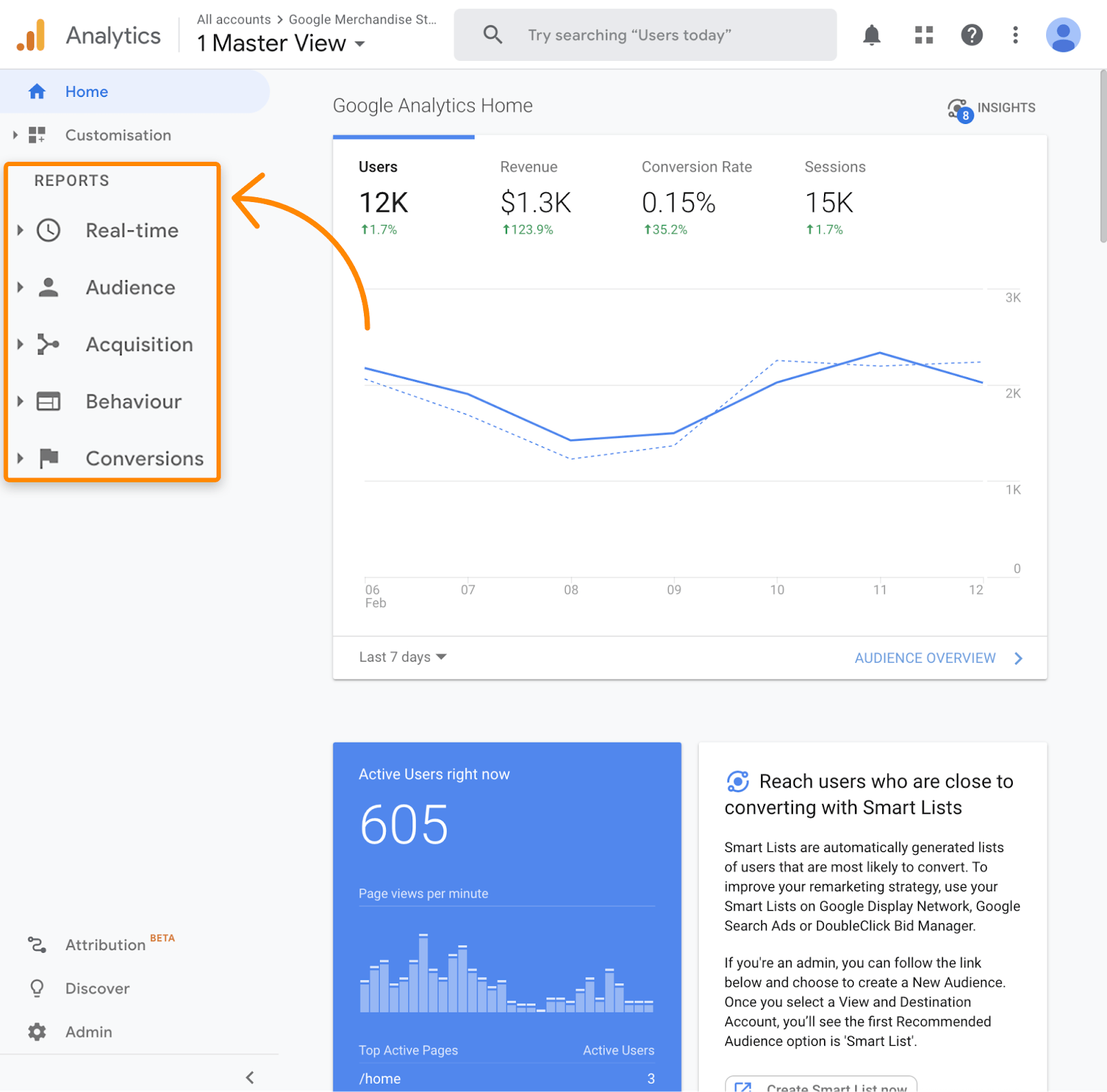Unveiling the Effect of Additional Dimension in Google Analytics on Information Analysis and Insights
In the world of data analytics, the use of second measurements within Google Analytics has actually arised as a pivotal tool for extracting much deeper understandings and unraveling facility patterns that could otherwise continue to be covered. By peeling off back the layers of key information sets, additional measurements supply a nuanced viewpoint that improves the understanding of customer actions, website efficiency, and the efficiency of advertising approaches.
Discovering the Principle of Additional Measurements
Secondary dimensions in Google Analytics provide added understandings by allowing customers to evaluate primary data together with an additional characteristic. This function enables a much more thorough understanding of the key information by adding another layer of information for analysis. By incorporating second measurements, users can dig deeper into the information and discover important connections that might or else go unnoticed. As an example, by coupling the key information of site web traffic with second measurements like demographics or habits, marketing experts can obtain a much more comprehensive sight of their target market and tailor their techniques appropriately.
Comprehending the principle of secondary dimensions is crucial for optimizing the potential of Google Analytics. It enables individuals to sector data properly, identify patterns, and make notified choices based upon a much more full picture of their analytics data. By checking out the numerous secondary dimensions offered in Google Analytics, customers can open new insights and enhance their electronic marketing initiatives. Essentially, second measurements function as an effective device for improving data analysis and driving actionable outcomes.
Enhancing Data Interpretation With Secondary Dimensions
Having actually developed the foundational understanding of secondary dimensions in Google Analytics and their pivotal duty in information analysis, the focus now shifts in the direction of leveraging these additional qualities to improve the interpretation of analytics data (what is a secondary dimension in google analytics). By integrating additional dimensions right into information analysis, experts can obtain much deeper insights right into individual actions, web site efficiency, and marketing performance

In addition, second dimensions help in contextualizing key data metrics by supplying additional layers of details. This contextualization aids in comprehending the 'why' behind the information fads, assisting analysts make educated decisions and optimizations to improve total efficiency. Ultimately, including additional dimensions enriches the information interpretation procedure, resulting in more strategic activities and significant understandings.
Discovering Hidden Insights Via Additional Dimensions
Exploring the midsts of analytics information with additional measurements exposes valuable understandings that would certainly otherwise continue to be obscured. By including additional dimensions in Google Analytics, services can discover hidden patterns, fads, and correlations that supply a more detailed understanding of individual actions and website performance. These added layers of information allow experts to delve deeper right into the main measurements, such as click now traffic sources or touchdown web pages, and get a much more nuanced viewpoint on how different variables engage with each various other.
With using secondary dimensions, experts can segment and compare information across different dimensions, allowing them to recognize particular elements that affect customer engagement, conversion rates, and general success metrics. By coupling the key measurement of 'tool category' with the additional measurement of 'age group,' marketing professionals can identify which age demographics favor accessing the site with mobile devices versus desktops. This level of granularity encourages companies to make data-driven decisions and optimize their techniques for better results. Eventually, uncovering surprise understandings with secondary measurements improves the depth and precision of information analysis, causing more informed decision-making and boosted efficiency end results.
Leveraging Second Measurements for Actionable Analytics
Building upon the understandings unveiled via additional dimensions in Google Analytics, businesses can currently harness this enriched data landscape to drive workable analytics and critical decision-making. By leveraging secondary measurements, organizations can dive deeper right into their information to extract beneficial patterns, patterns, and relationships that may have formerly gone unnoticed. This deeper degree of evaluation allows companies to acquire an extra comprehensive understanding of individual behavior, project performance, and general internet site effectiveness.
One trick advantage of making use of secondary measurements for workable analytics is the ability to segment information based on certain standards. This segmentation permits services to customize their projects and strategies to various target market teams, Continued leading to much more targeted and reliable advertising and marketing initiatives - what is a secondary dimension in google analytics. Additionally, secondary measurements give a more alternative sight of customer interactions, enabling organizations to optimize their website content, style, and general customer experience
Making The Most Of Decision-Making With Additional Measurements
To improve critical decision-making in analytics, leveraging additional dimensions in Google Analytics can supply a more nuanced perspective on user behavior and campaign efficiency. By incorporating additional dimensions into data analysis, organizations can dive much deeper right into the specifics of their web site site visitors' interactions and interaction patterns. This extra layer of info permits a more thorough understanding of exactly how different variables, such as demographics, devices, or traffic sources, influence essential performance indications.

Final Thought
To conclude, making use of secondary measurements in Google Analytics plays an essential duty in improving information analysis and revealing covert understandings. By exploring this principle, one can acquire a much deeper understanding of user behavior and make notified choices based on workable analytics. Leveraging second dimensions enables a more detailed interpretation of data and optimizes the efficiency of her comment is here decision-making procedures.

Comments on “Exploring the Concept of Secondary Dimensions in Google Analytics: Meaning and Critical Implementation”